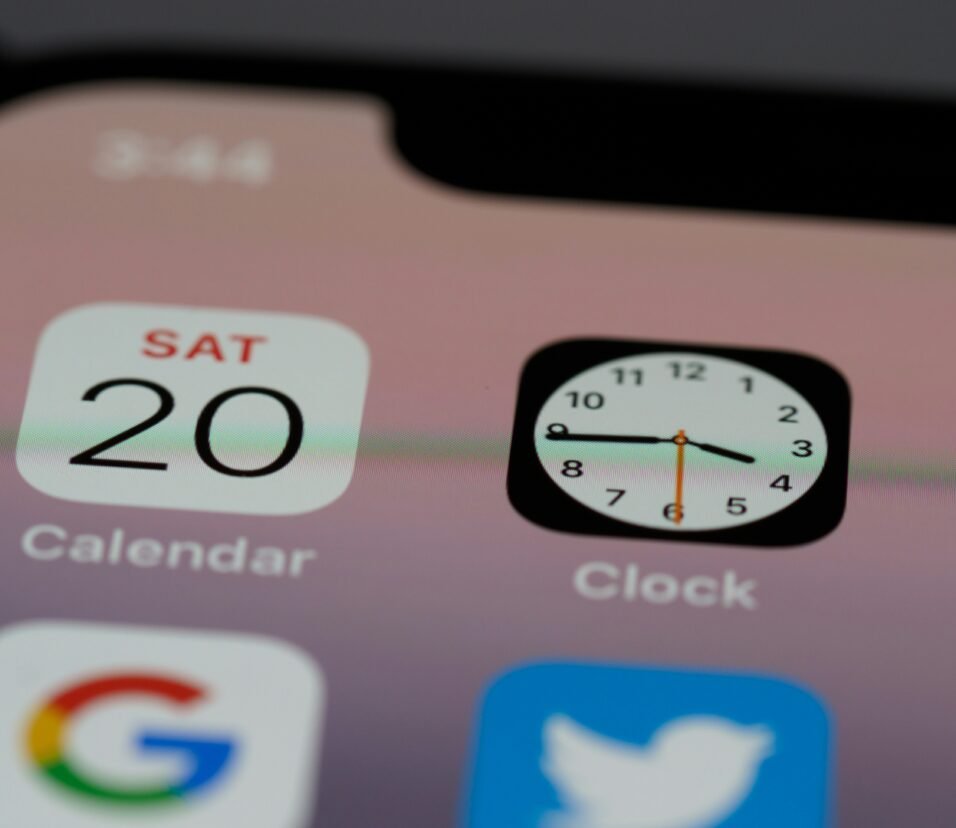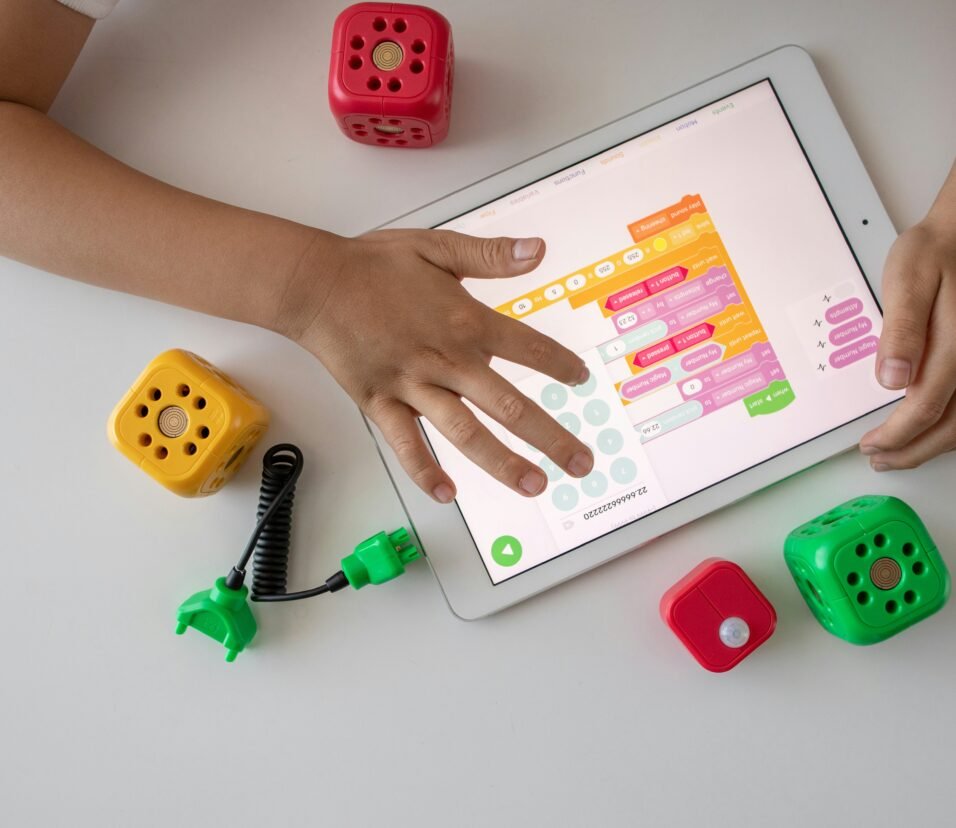The Role of Voice Assistants and Voice-Activated Apps in Daily Life
Voice assistants are no longer futuristic novelties—they’re now an integral part of how we interact with technology. From managing smart homes to setting reminders and ordering groceries, voice-activated apps and assistants are reshaping our daily routines with speed, convenience, and a growing touch of personality.
In 2025, voice technology is more natural, conversational, and embedded than ever. Whether it’s Amazon Alexa, Apple’s Siri, Google Assistant, or emerging AI voice platforms, the way we use our voices to command our digital world is evolving fast—and in ways that truly matter.
🎯 Why Voice Matters: The Power of Speaking, Not Typing
Humans are wired for speech, not screens. Voice interfaces offer:
- Hands-free interaction
- Faster input (speech is 3x quicker than typing)
- Greater accessibility for visually impaired or elderly users
- Natural communication flow using everyday language
✅ In short: voice is frictionless—and perfect for multitasking.
🔍 Top Ways Voice Assistants Enhance Daily Life in 2025
1. 🏠 Smart Home Control
- What voice can do: Adjust thermostats, lights, alarms, music, locks, and more
- Example: “Alexa, set the living room lights to 50% and start the coffee maker.”
📈 By 2025, most smart home devices are voice-integrated by default.
2. 🛍️ Shopping & Ordering
- What voice can do: Add items to your shopping list, re-order essentials, track deliveries
- Example: “Hey Google, order dog food from my usual store.”
🛒 Voice commerce is expected to top $50 billion globally by 2025.
3. 🗓️ Personal Organization
- What voice can do: Schedule meetings, set reminders, get calendar summaries
- Example: “Siri, remind me to send that email at 4 PM.”
📆 Voice helps busy users stay organized—without ever opening an app.
4. 📺 Entertainment & Media
- What voice can do: Control TV playback, stream music, search podcasts
- Example: “Alexa, play jazz on Spotify,” or “Hey Google, resume my Netflix show.”
🎧 Voice control is now standard across most TVs, speakers, and streaming devices.
5. 📍 Navigation & Travel
- What voice can do: Get directions, find nearby places, check traffic
- Example: “Google, how long will it take to get to the airport?”
🧭 In cars, voice assistants keep drivers focused on the road—not the touchscreen.
6. 💬 Real-Time Translation & Accessibility
- What voice can do: Instantly translate phrases or read messages aloud
- Example: “Translate ‘Where is the train station?’ into Japanese.”
🗣️ Essential for travelers, language learners, and accessibility needs.
7. 🧠 Mental Health & Wellness
- What voice can do: Guide meditations, track moods, offer gentle check-ins
- Example: “Siri, start my 5-minute breathing exercise,” or “How do I relax?”
🧘 Voice apps are increasingly used for daily mindfulness and emotional well-being.
🧠 The Evolution of Voice Tech in 2025
Voice technology is now:
| Feature | What It Means Today |
|---|---|
| 🗣️ Conversational AI | Assistants can hold back-and-forth conversations |
| 🤖 Context Awareness | They remember what you said earlier and adjust responses |
| 🌍 Multilingual Fluency | Switch between languages mid-sentence |
| 🔐 Personalized Responses | Based on voice profiles, preferences, and routines |
| 🧩 App Integration | Third-party apps (Uber, Spotify, WhatsApp) work seamlessly |








